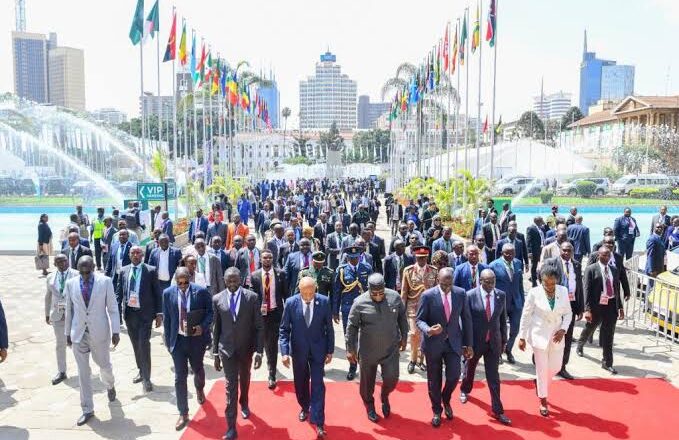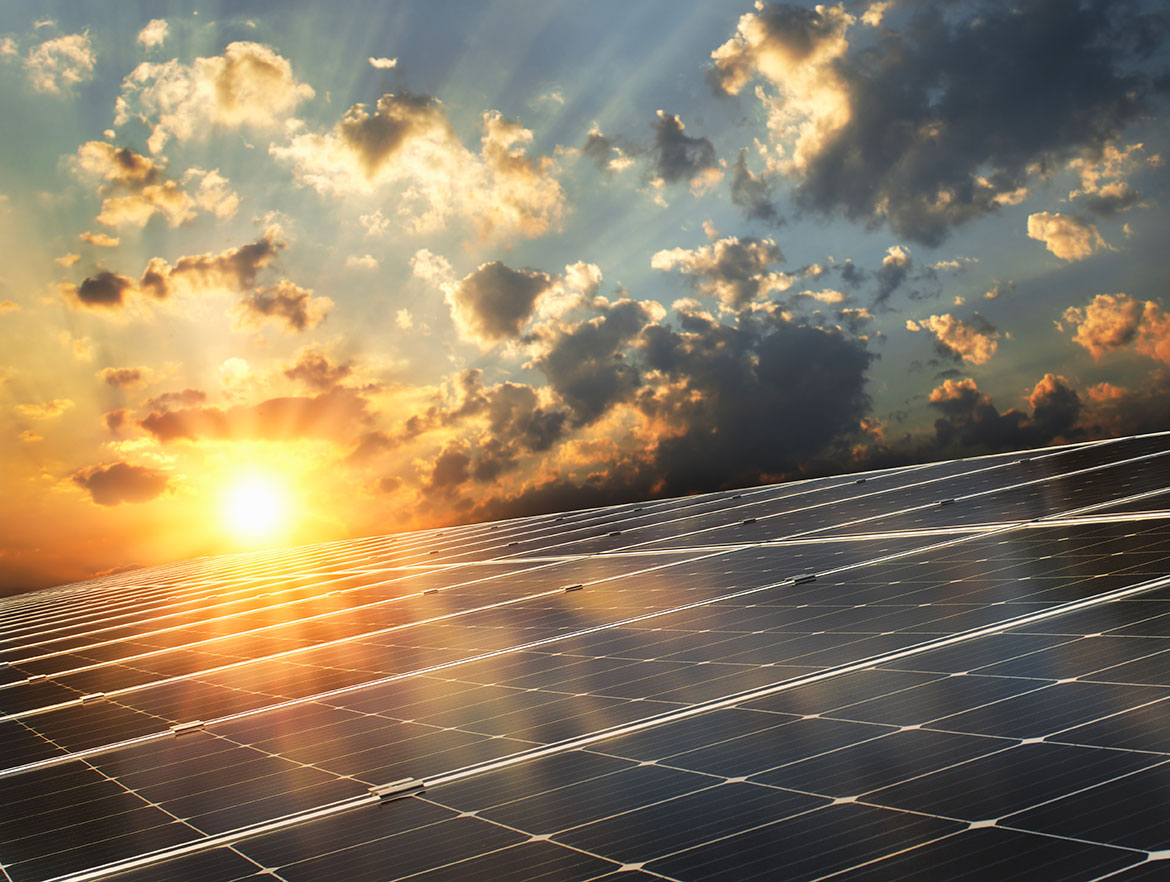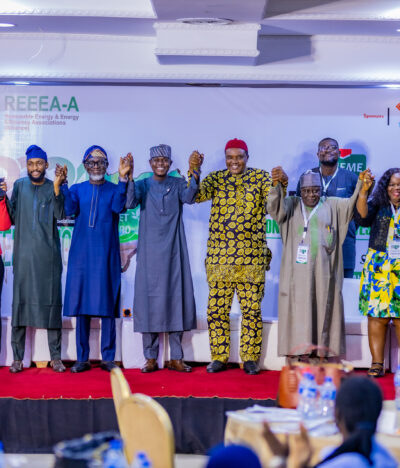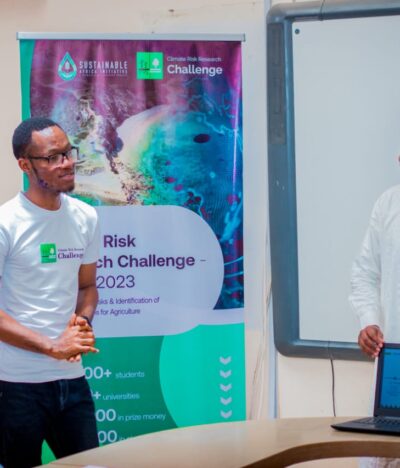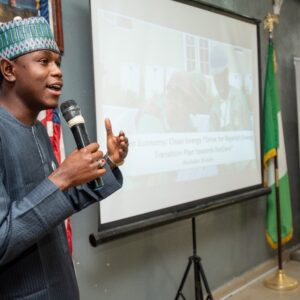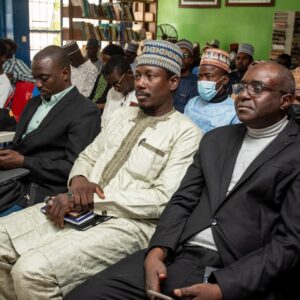The African Climate Summit held in Nairobi, Kenya, was a beacon of hope and ambition for the continent’s future. Under the banner of “Green Energy Mission Africa,” young leaders gathered to not only advocate for a greener, more sustainable future but also to reflect on the challenges they face in participating fully in such critical gatherings.
Youth Perspectives on the Green Energy Transition
From bustling cities to remote villages, Africa’s youth are at the forefront of a transformative movement – the transition to green energy. The summit provided a platform for these young visionaries to share their perspectives and insights on the pivotal role renewable energy plays in Africa’s development.
- A Path to Prosperity: Young delegates echoed the sentiment that green energy is not merely a tool for mitigating climate change but a catalyst for economic prosperity. They emphasized that renewable energy projects have the potential to create millions of jobs, foster entrepreneurship, and stimulate economic growth across the continent.
- Climate Action as a Duty: For Africa’s youth, addressing climate change is not just an option; it is a moral and ethical responsibility. They see renewable energy as a way to reduce carbon emissions, combat environmental degradation, and secure a sustainable future for generations to come.
- Energy Access for All: Youth participants highlighted the urgent need to ensure energy access for all Africans. They believe that clean energy technologies can bridge the energy gap, especially in remote and underserved communities, thereby improving the quality of life and enhancing educational and economic opportunities.

Challenges Faced by Youth Inclusion
While the summit celebrated the vibrant energy of Africa’s youth, it also revealed significant challenges in ensuring their full participation.
- Limited Access: Many young people faced barriers in accessing the summit venue. Geographical remoteness, financial constraints, and transportation issues prevented numerous youth from attending. This underscored the need for more inclusive summit locations and financial support mechanisms for young participants.
- Digital Divide: The COVID-19 pandemic prompted virtual participation options, but the digital divide remained a challenge. Unequal access to the internet and technology hindered the ability of some youth to engage fully in the summit’s discussions.
- Underrepresented Voices: Despite strides in youth inclusion, marginalized groups still faced difficulties in making their voices heard. Youth with disabilities, those from conflict-affected regions, and disadvantaged backgrounds often encountered additional obstacles in participating.
A Call to Action
The youth at the African Climate Summit didn’t just voice their perspectives; they issued a call to action. They urged governments, organizations, and stakeholders to address the challenges and harness the potential of Africa’s youth.
- Inclusive Venues: Future summits must prioritize accessible locations and provide financial support to ensure that youth from all backgrounds can attend.
- Digital Inclusion: Bridging the digital divide requires investments in technology infrastructure and training programs, enabling virtual participation for youth in remote areas.
- Diversity and Inclusivity: Special attention should be given to underrepresented youth groups, with dedicated programs and resources to support their participation.
- Youth-Led Initiatives: Empowering young leaders year-round through capacity building, mentorship, and funding for grassroots initiatives is key to sustaining youth engagement.
- Policy Advocacy: Encouraging and amplifying youth-led advocacy for climate action and sustainability should be a priority for all stakeholders.
Conclusion
The African Climate Summit’s “Green Energy Mission Africa” was a testament to the passion, vision, and resilience of Africa’s youth. Their reflections highlighted not only the urgency of the green energy transition but also the imperative of youth inclusion. The challenges faced by young leaders in attending the summit underscore the need for continued efforts to break down barriers and create a more equitable platform for their voices to be heard.
Africa’s youth are ready to lead the charge towards a sustainable, prosperous, and inclusive future. It’s time for all stakeholders to listen, support, and collaborate with them as they shape the path towards a greener and more resilient Africa for generations to come.
About Green Energy Mission Africa (GEM Africa):
Green Energy Mission Africa (GEM Africa) is a nonprofit organization dedicated to fostering sustainable development, advocating for renewable energy, and addressing climate change challenges in Africa. GEM Africa collaborates with various stakeholders to create awareness, take action, and implement transformative projects that promote renewable energy adoption and climate resilience for a greener future.
About Sustainable Solutions for Green Growth (SSforGG):
Sustainable Solutions for Green Growth (SSforGG) is an organization committed to promoting sustainable development, environmental conservation, and green growth solutions. SSforGG works with partners and stakeholders to develop and implement projects that address environmental challenges while fostering economic growth and social equity.
Weblink: https://ssforgg.org/
About Rocky Mountain Institute (RMI):
Rocky Mountain Institute (RMI) is an independent, non-partisan, nonprofit organization that accelerates the clean energy transition and improves lives. RMI works with businesses, policymakers, communities, and other organizations to identify and scale energy system interventions that will cut greenhouse gas emissions and combat the climate crisis.
We link: https://rmi.org/
Solar energy information before you install.
“It’s important you choose a certified installation company because they will be able to advise you on all regulations.” It’s best to talk to a few installers and get their estimates. Most of them will give you an idea of costs over the phone before arranging a survey on your home.
Ask them how long the work will take as well as what the warranty and/or guarantee for their work is. If any guarantees are insurance-backed this will help you avoid any surprises later.
Solar energy battery storage electric and more.
Given that solar panels can only produce power when the sun is shining, storing produced but unused energy throughout the day for use at a later time has become increasingly important. For instance, solar batteries store electricity and can be drawn on during periods of low solar production. Electric vehicles are a second product poised to ride the wave of solar energy adoption. With lower maintenance costs, lower fuel costs, and a lower environmental footprint than traditional internal combustion engine vehicles.
“Solar panels don’t create any noise pollution while generating electricity. This means that installations aren’t intrusive.” Neil Borton
When it comes to installing solar panels and switching to a more eco-friendly energy source, there’s not a one-size-fits-all approach. There are several factors worth considering to help determine if your home or business is a good candidate for solar.
“If you have solar panels, you can use battery storage technology and save the excess for later.” Our battery storage solution, Power vault 3, allows you to do just that. Now that you know the basics about solar energy, you can marvel at how today’s photovoltaic technology can capture the vast power of the sun to operate a home. It may not be rocket science—but it definitely is human ingenuity at its best.

